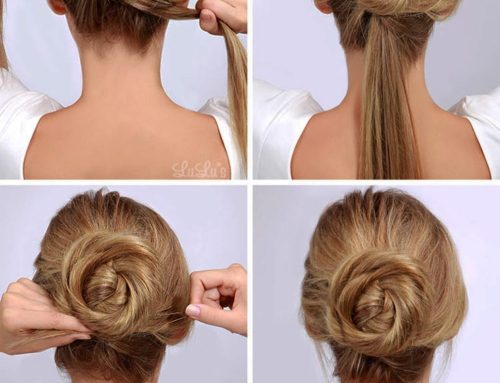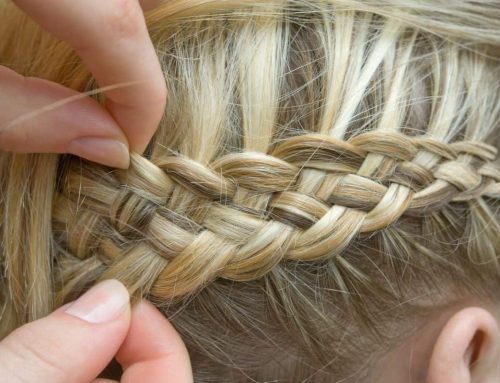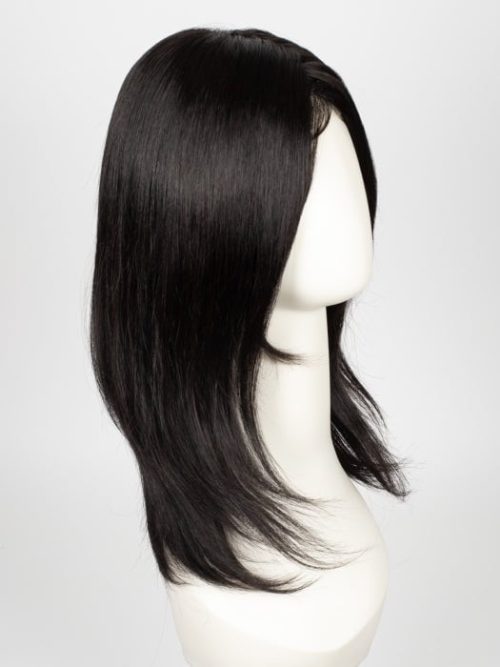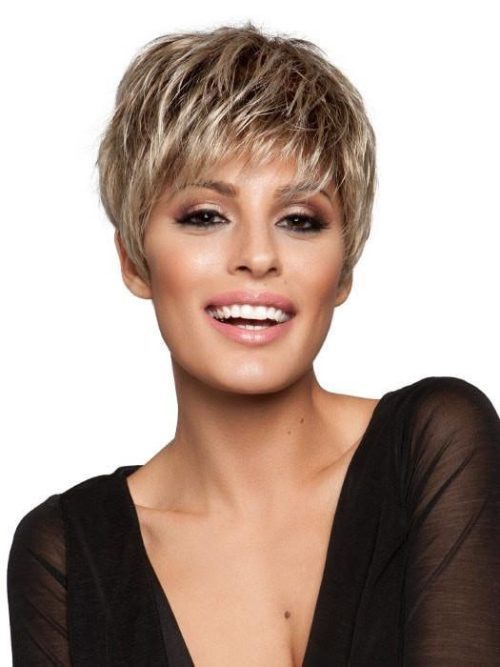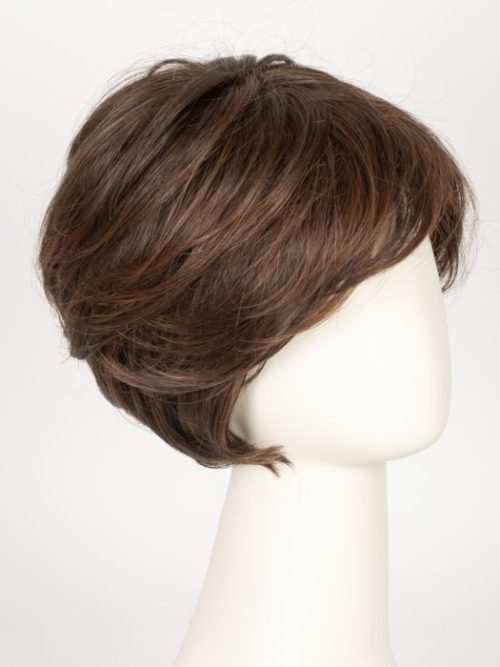Exploring the World of Wigs: A Blogger’s Journey
Recently, a fellow wig enthusiast blogger shared a poignant story from a client grappling with hair loss. “After exhausting every hair restoration option with no luck, I felt defeated, both emotionally and financially,” the client revealed. I decided to take the plunge, shave it all off, and embrace wigs. It’s been a game-changer – simpler, more affordable, and less stressful than endless treatments.”
It’s a tale all too familiar. Many individuals, after hitting a wall in their hair recovery journey, reluctantly turn to wigs. The stigma surrounding wigs often acts as a mental hurdle. Yet, with countless celebrities flaunting wigs daily, that stigma should be a thing of the past.
The acceptance of wigs is on the rise, with more and more people opting to embrace them. Intrigued by the ups and downs of wig-wearing, many are eager to learn more. Let’s delve into the nitty-gritty.
The Downsides of Wigs:
Breathability can be a sore spot, especially with machine-made wig caps crafted from lower-grade materials, which tend to be thin and less durable.
No denying it – wearing a wig can never match the comfort of going au naturel. However, higher-quality wigs often offer a more comfortable fit. Plus, sporting a wig in the sweltering summer months can get pretty toasty, akin to the natural discomfort of heat.
For those with a bald or closely-cropped noggin, slipping on a wig is a breeze. But for those with longer locks, it involves tucking away strands under a wig cap for a seamless fit. Some specialized wigs may even require adhesive strips for extra security, adding another step to the process.
Achieving that natural look often entails a bit of styling with tools like curlers or straighteners – just like managing natural locks. So, donning a wig isn’t as simple as throwing on a hat; it demands a tad more effort.
Most wigs feature layers at the base, which can pose a challenge if you’re aiming for a parted style or an elegant updo, as it may reveal the wig’s layers, disrupting the illusion of natural locks. However, advanced wig nets like lace or PU edges can come to the rescue, though they may require a touch of adhesive for that flawless finish.
The Upsides of Wigs:
The biggest boon? The transformative power they wield. Quality wigs, boasting refined hair, scalp-mimicking techniques, and breathable nets, can be virtually indistinguishable from the real deal, pushing the boundaries of realism.
Hairpieces tailored for the crown offer a discreet solution for camouflaging imperfections and provide a cooler alternative to full-head wigs.
Enter the U-part wig – a godsend for those craving length and volume. These babies offer convenience and cost-effectiveness compared to traditional hair extensions.
Wigs are your ticket to instant style changes, a common practice overseas, allowing for a fresh new look with minimal fuss, much like switching up your outfits.
In summary, while wigs certainly come with their fair share of challenges, particularly in terms of comfort and warmth, they offer undeniable perks in the realms of beauty enhancement and style versatility. The choice of wig net plays a pivotal role in striking that delicate balance between comfort and aesthetics. For those itching to explore the specific pros and cons of various wig nets, fear not – I’ve got you covered in another article.
Concerns about wigs triggering scalp woes are often tied to non-breathable, machine-made caps. Fear not – high-quality wig nets are engineered to be lightweight and airy, warding off such issues with ease.
